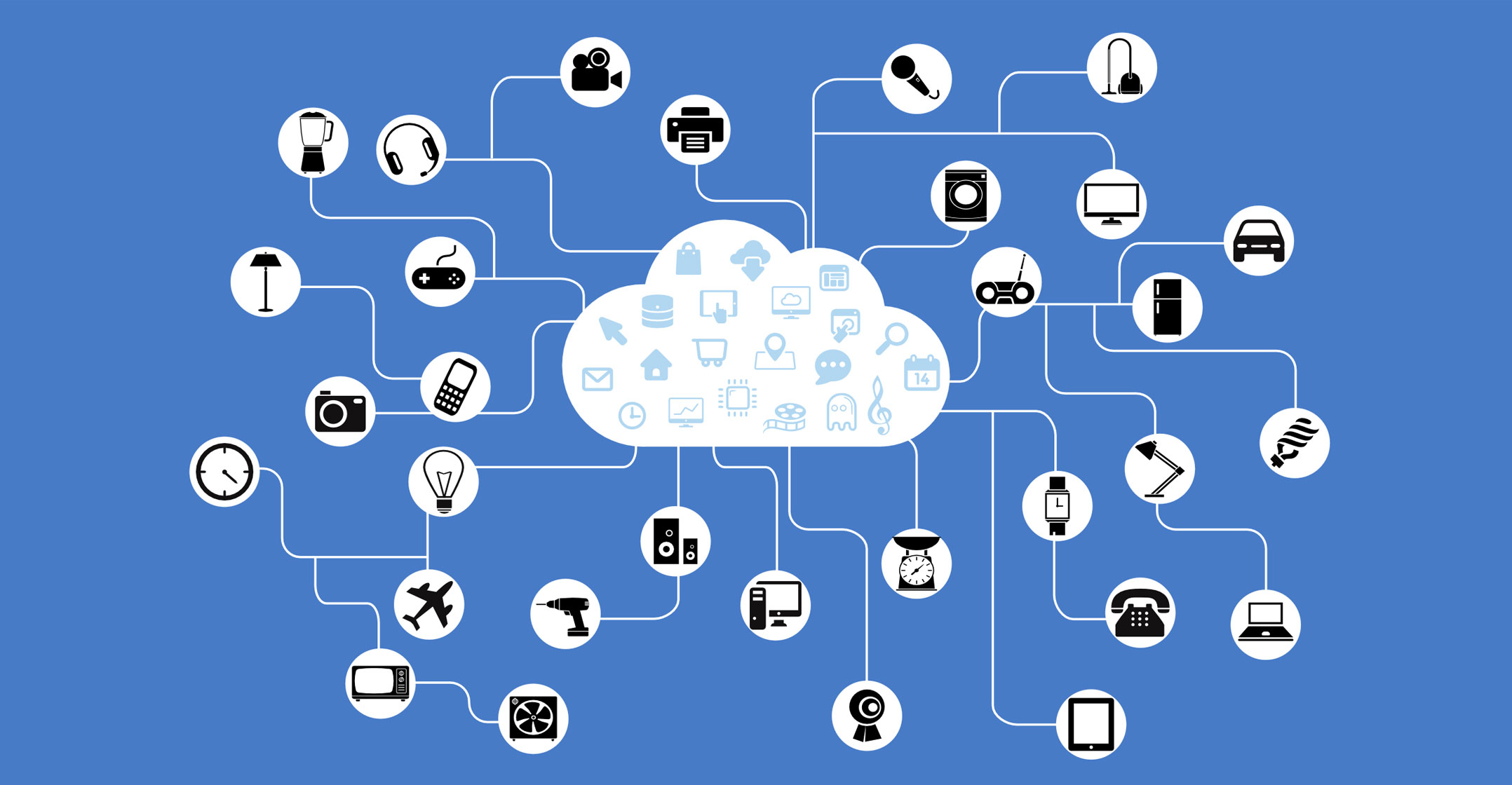 Organisations around the world are initiating plans to develop and harness the benefits of the Internet of things (IoT). Governments, in particular, are formulating policies aimed at accelerating the move toward smarter cities, as well as building closer technological, economic and trade relationships between nations.
Organisations around the world are initiating plans to develop and harness the benefits of the Internet of things (IoT). Governments, in particular, are formulating policies aimed at accelerating the move toward smarter cities, as well as building closer technological, economic and trade relationships between nations.
For all savvy public and private sector entities, it has become clear that IoT is a vital new growth engine that is crucial for expansion in today’s digital economy, says Fred Saayman, Huawei business unit executive at Pinnacle ICT, South Africa’s leading ICT distributor.
What is less clear, he says, or perhaps less quantifiable, is the sheer scale of the economic impact that IoT will have. “Consulting giant McKinsey suggests that by 2025, the impact could be as huge as US$11-trillion. Similarly, Huawei predicts that the same year will see some 100 billion devices connected, for both our personal and business lives.”
The use cases, says Saayman, are endless. “Think about in retail, using ‘smart shelves’ that more efficiently manage inventories and the supply chain, traffic lights that have the ability to automatically alerts the utility company to send repair technicians should something go wrong, your fridge noticing that you’re running low on an item, and sending a shopping list to your phone. The possibilities are endless.”
However, with all the opportunities that forward-thinking organisations are trying to grasp comes a slew of challenges too, he says. “The first that springs to mind is standardisation as there are multiple IoT architectures used across a variety of industries, resulting in IoT being fragmented and not very well scaled. Players are looking for ways to integrate the diverse IoT standards to lower barriers to entry.”
Connections and security
Next, says Saayman, comes connection limitations. “Different use cases have different needs and the various industries require different IoT connections. Some will need vast breadth and depth of coverage, others are low-power devices, or have low-latency requirements. Taking into account the myriad IoT technologies on the market; how does an organisation choose the appropriate type of IoT and integrate it into their operations?”
Then there’s the question of security. “Given the range of solutions available, how does an organisation put a holistic security process in place? Moreover, many of these devices were designed to be low cost and don’t have security built in from the ground up. This means that the organisation’s security solutions will need to cover every single device, which is no easy ask when you consider the sheer numbers of devices out there.”
Another point to consider, he adds, is modernisation. “As with all new technologies, they need to align with and serve the business goals. All industries embarking on a digital transformation journey have to factor IoT into their plans and work out why they can leverage it to drive new growth and innovation as well as develop digital services.”

According to Saayman, IoT is complex and is linked to a lengthy and onerous supply chain involving a plethora of original equipment manufacturers, integrators, operators and customers.
“The questions businesses need to ask themselves is how to build widespread alliances to unite partners within sustainable business models, and ones in which all stakeholders can be successful. How can you ensure everyone’s interests are protected and grow as a unit? These issues must be resolved as they are fundamental to the success of any commercial application of IoT as well as its sustainable growth.”
Another way to go about harnessing the benefits of IoT is to find the right technology partner, he says. “However, because IoT devices are driving new management challenges across the full ICT array, it is crucial that organisations select a partner that has the appropriate solutions and expertise. They must identify the tools that offer the full spectrum of capabilities, security, interoperability and suchlike. They should also offer management and consulting services, to ensure that systems stay up and running and operate at optimum levels.”
“Pinnacle and Huawei, for example, have the ability to provide consulting and full-stack IoT solutions across the entire spectrum, from chipsets, operating systems, IoT connections and platforms, all the way through to cloud computing, big data analytics and ecosystem development.”
“Huawei’s tools, combined with Pinnacle’s expertise and experience, enables seamless, full-stack IoT services and experiences, tailored to the demands of any business and industry,” concludes Saayman.
For more, visit pinnacle.co.za.
- This promoted content was paid for by the party concerned

